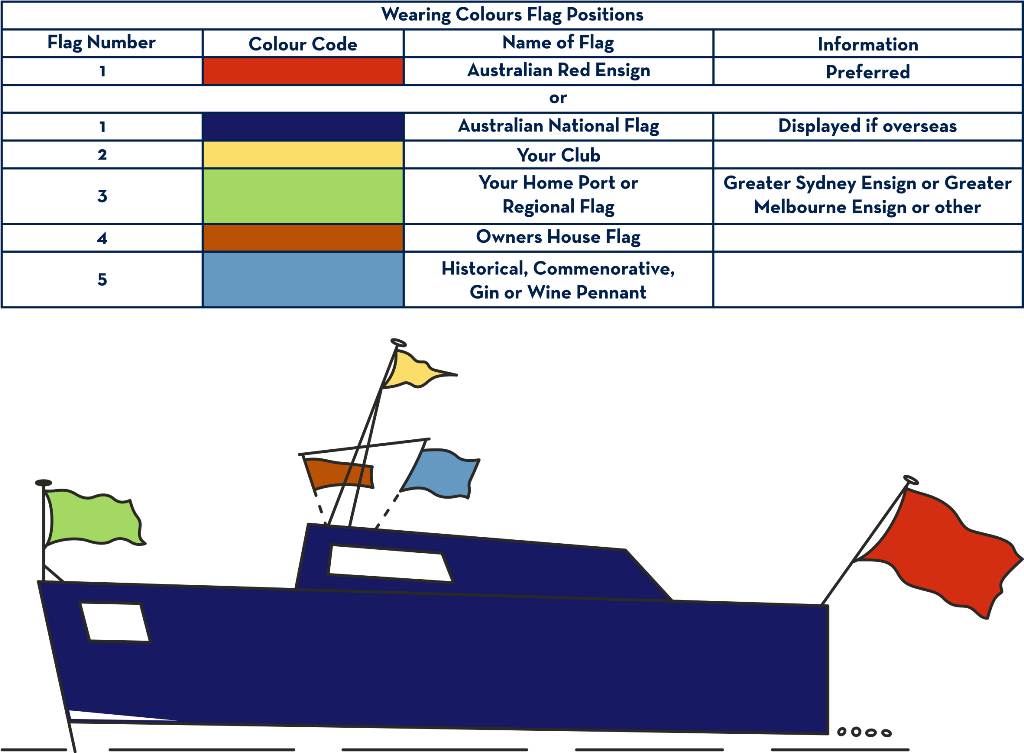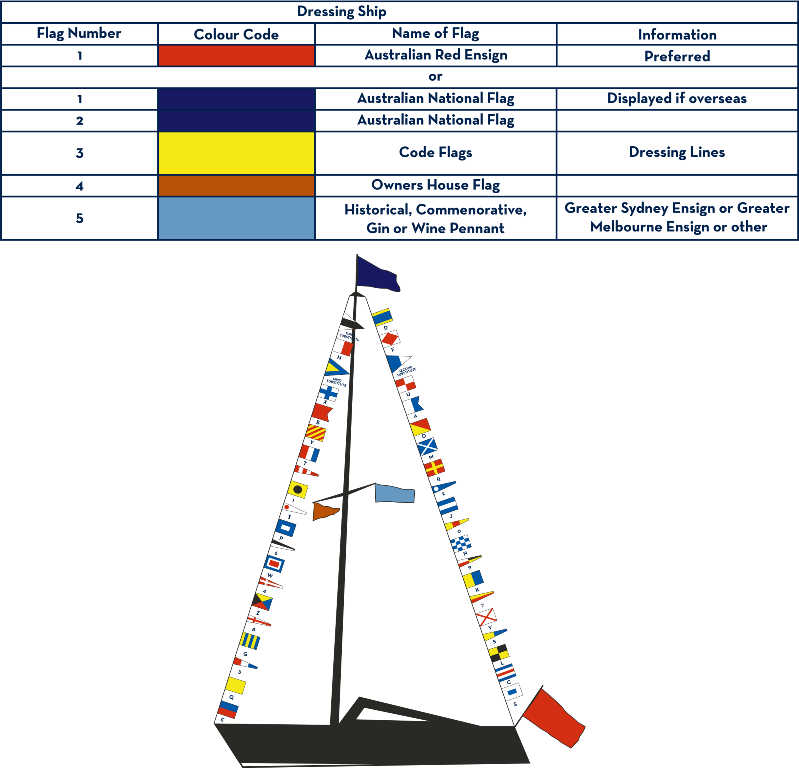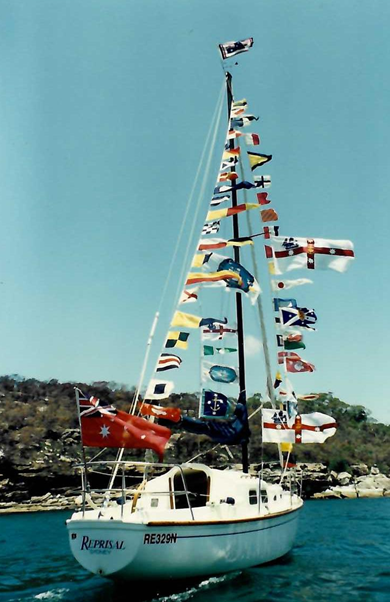Flag etiquette on the water is a tradition that has been passed down from generations of sailors and mariners. With expectations set by regulations and tradition being ill-informed of your obligations could lead you to cause insult at home or abroad by giving a signal you do not intend to give.
Along with owning or using a vessel or watercraft you will do well to observe and perpetuate with pride some old traditions and proven guidelines.
Flags are signals and each one says something specific about a vessel or watercraft. They can signal nationality, manoeuvring situations, club affiliation, office held or other situations.
Flags customarily flown from vessels may be divided into Ensigns, Burgees, Special Flags such as House Flags, Racing Flags, Prize Flags, Code Flag Q and Celebration flags or pennants along with the flags of the International Code used in signalling at sea.
Flags are ‘worn’ by a vessel and ‘flown’ by the owner.






